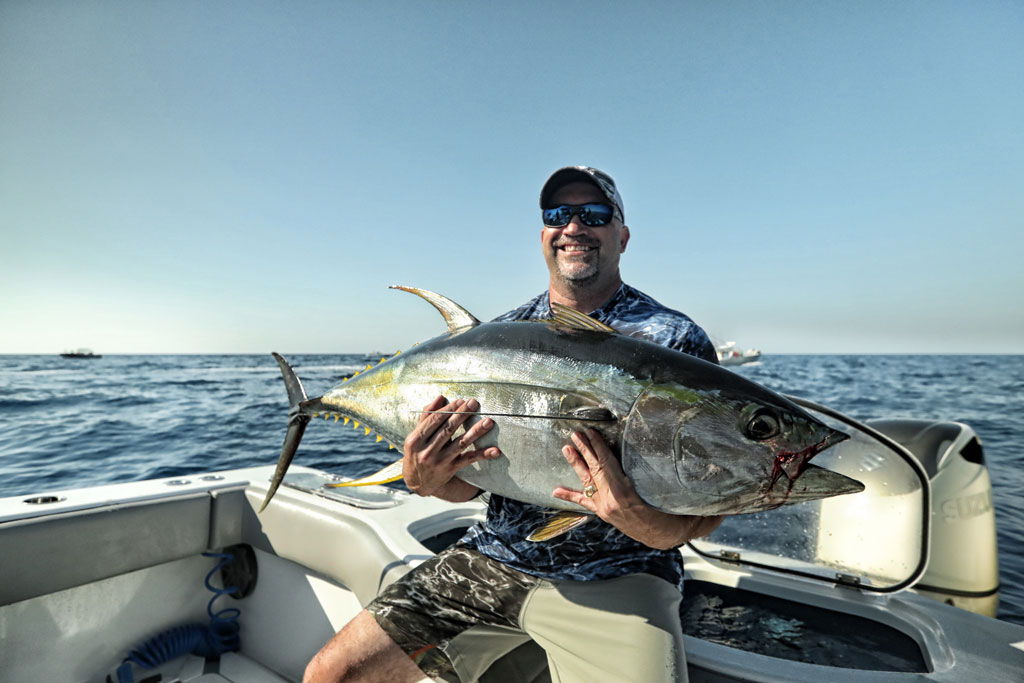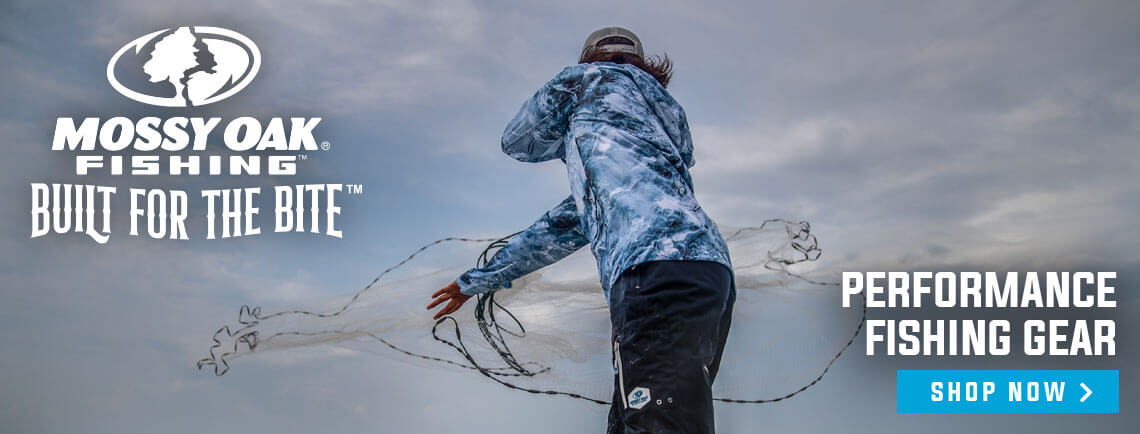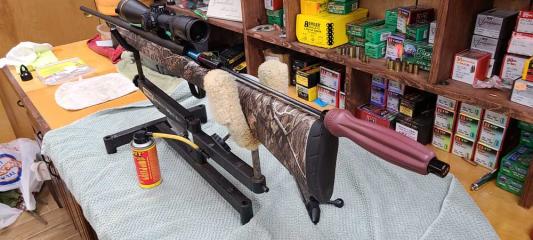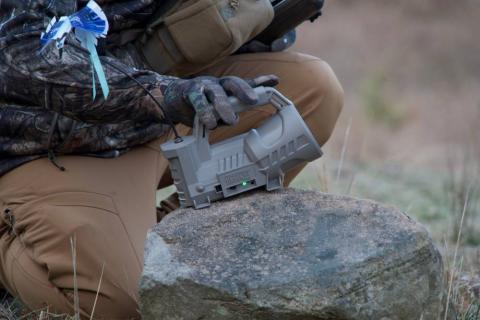
Live Baiting Yellowfin Tuna
Live baiting is usually the most productive method for catching yellowfin tuna. Some of the most common live baits used when tuna fishing in the gulf are threadfin herring, menhaden/pogies, blue runners/hardtails, and mullet. When choosing a live bait for tuna fishing, you want to “match the hatch.” Whatever the tuna are feeding on that time of year is the type of live bait you want to use. Tuna feed on different bait fish at different times of the year, so matching the hatch is how you select bait for tuna.
Live Bait Presentation for Tuna
Live baiting is usually the most productive method for yellowfin tuna fishing but presentation is key. The most effective live bait presentation for catching yellowfin is achieved by collar hooking the bait. To collar hook a bait, you want to hook the bait on the back side of the gills on top of the fish. You also want to match the hook to the size of the bait, bigger hooks for larger and/or stronger swimming baits and smaller hooks for the smaller baits. A nose hooked bait keeps the bait on the surface which makes for those dramatic top-water bites, but it isn’t the most consistent presentation. Live baiting with multiple lines in the water can be difficult to manage if there is too much slack in the line. Keeping the line fairly tight by using the current and wind to your advantage will help you avoid a tangled web of baits.
Best Live Bait for Tuna Fishing
The right bait is crucial for tuna fishing. Tuna feed on different baits depending on the season, so if you have every bait but the one they want, you’re going to have a hard time. Take the necessary time to get the right bait and it will pay dividends.
A livewell full of bait doesn’t always guarantee a boat full of fish. Tuna feed and key in on species specific baitfish at certain times of the year. Catching and fishing with the correct live bait at the right time of year is crucial when you are targeting tuna. To be successful when tuna fishing, you need to take the necessary time to catch the right live bait and it will pay dividends.
How to Find Tuna in the Gulf of Mexico
You can catch tuna in a lot of different variables, so the main consideration when trying to find tuna is food. Tuna like to eat, so if you find the bait, you’ll find the tuna. You can use services like Hilton’s Offshore that will tell you altimetry, which is where your bait is going to be. If you find the bait and structure that will hold the fish, you’ll have a good day of tuna fishing on the Gulf of Mexico.
Best Conditions for Catching Tuna
Is it better to catch tuna in sunny or overcast conditions? For Captain Kevin Beach, the preference is overcast, 1 to 2-foot chop with some dirtiness to the water. You can use heavier leaders if the water is a little dirty, which means you can increase the drag on the reel allowing you to catch fish faster. If the conditions are calm and clear, you have to scale down on the leader size which creates a greater chance for error and a longer catch time for each fish.
Trolling for Yellowfin Tuna
If there isn’t a lot of current, trolling can be very effective because tuna can get spread out on a rig or buoy. You want to catch their attention whether it be with a teaser or dredge, using ballyhoo or squid for example. The main thing is to pay attention so you don’t miss them.
Blackfin and Yellowfin tuna are often found feeding in large groups on current driven bait balls in a specific location. When there is little to no current and the bait is spread out, trolling can be very effective. Blackfin, Yellowfin, and even Bluefin tuna will spread out around an oil rig or buoy when the current is down. When trolling for tuna, you want to catch their attention by using a teaser or an underwater dredge that imitates a school of squid or baitfish. In theory, the dredge or teaser will bring the fish into the bait spread that you are trolling; allowing them to single one of the baits rigged with a hook in it.
What is Chunking for Tuna?
Chunking is taking dead bait, cutting it up and releasing a slow and steady stream of chum. You don’t want to overfeed, but have enough to get the tuna to come up to your chum slick. Be sure your hook baits are larger sized so other fish won’t take it. Have enough slack in your line so the larger bait drifts down through the column of chum. Keep trying different things to see what works. Cut the bait up in different sizes, skin on and skin off, changing your presentation. You never know what the tuna will take to on a particular day.
Now you know how to bait and catch tuna. Next, you'll need to clean that tuna so that none of the delicious meat goes to waste. Here's how to clean and store your fresh-caught tuna.































